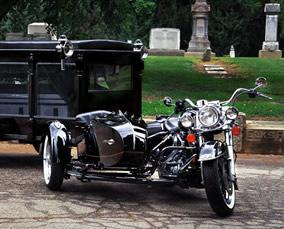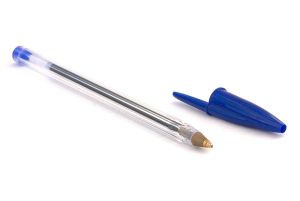 For those of you who get as frustrated as I do with poorly designed products, you will be pleased to know there is now a place you can go to air your grievances. There is even a chance that the product manufacturers will take note and listen to your improvement suggestions.
For those of you who get as frustrated as I do with poorly designed products, you will be pleased to know there is now a place you can go to air your grievances. There is even a chance that the product manufacturers will take note and listen to your improvement suggestions.
Just pay a visit to RedesignMe and start a new topic. Or add you comments to the hundreds of suggestions already on the website.
For those of you who are a source of new ideas the site could even pay you for input into new product suggestions.
According to SpringWise, product manufacturers pay RedesignMe to establish “RDM Challenges,” through which a new product concept is presented and the site’s 1,000 or so active members are asked to react to it. Currently on the site, for instance, is one from the international DECT Forum, a group of wireless communications companies that are seeking product ideas based on CAT-iq (short for Cordless Advanced Technology – Internet and Quality).
Beginning with an initial proposed concept, users are free to modify the current design or upload their own ideas, using any combination of comments, sketches, pictures, mood-boards, movies, prototypes or total redesigns. In exchange, they are rewarded with RDMs—RedesignMe’s online currency, which is convertible into products in the online RDM Shop such as mp3-players, game consoles and gift cards. RDM Challenges can be open to all users or only a select few. Ideas generated on the site are then used as input by the manufacturer’s R&D team or professional designers, who decide on the final concept.
 I wouldn’t want you to think that I spend a lot of time dwelling on the topic of funerals given my previous blog post on Crazy Coffins.
I wouldn’t want you to think that I spend a lot of time dwelling on the topic of funerals given my previous blog post on Crazy Coffins.












